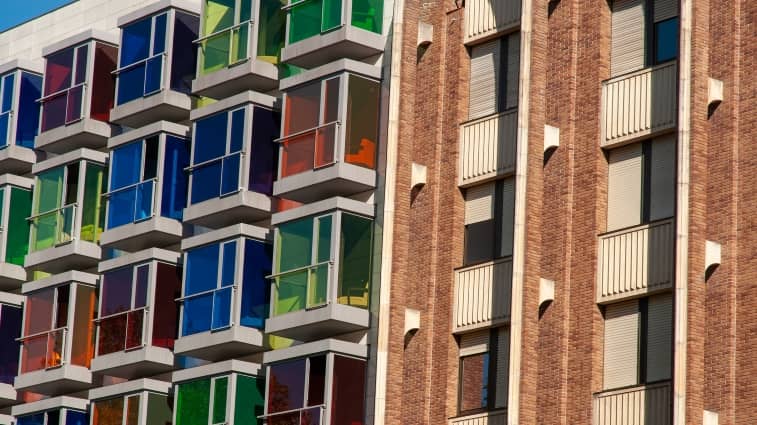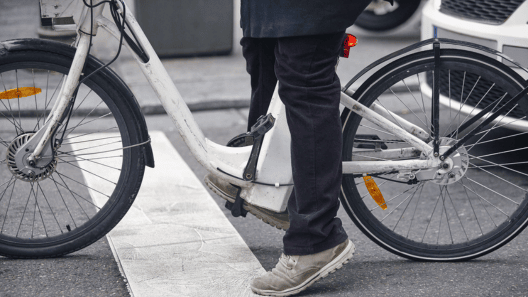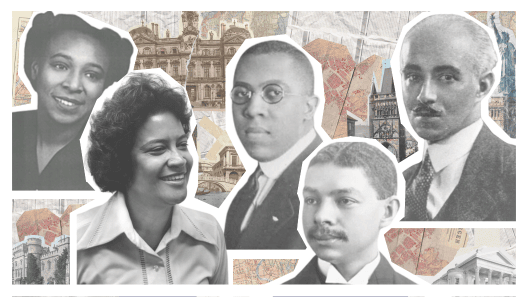
LL15 of 2020: A Brief Guide to Bird-Friendly Building Design
New mandates go into effect January 10, 2021
As New York continues in its efforts to go green, one important aspect of environmentally-friendly construction often lost in the frequent discussions about energy conservation is the effect on the wildlife.
Local Law 15 of 2020, going into effect on January 10, 2021, laser-focuses on this aspect, requiring the use of bird-friendly materials on the exteriors of new buildings and select alterations in order to reduce the frequency of bird collisions.
Already being hailed as one of the most broad-reaching bird-friendly building policies in the country yet, here’s what you need to know.
Which projects qualify?
The main focus of these mandates is on the exterior glazing, a building’s glass panels and elements. Since birds cannot see glass, collisions are the main cause of bird fatalities in the metro area.
But don’t think this means you have to run out and replace all your glass panels. For your building project to qualify under these new rules it must be:
- A new building (which by default has all-new glazing), or
- An alteration that is already replacing all exterior glazing.
This does NOT apply to:
- Any alterations not replacing the exterior glazing.
- Storefront replacements of a portion of exterior glazing within the building.
If you have a project already in the filing process, it will fall under LL15 if it hasn’t reached one of the following statuses by the effective date:
- Job Status D in BIS.
- Pending CPE/ACPE Assignment or Pending Prof Cert QA Assignment status in DOB NOW.
What is required?
The entire exterior wall envelope of the qualifying building must be constructed with bird-friendly materials from grade level up to 75 feet. They must also be used:
- Wherever a Fly-Through Condition (two parallel glass walls) is created, up to 75 feet above grade.
- Anyplace on the exterior where a Bird Hazard Installation (such as a glass awning, glass handrails and guards, glass wind break panels or glass acoustic barriers) is proposed, regardless of building height.
- On the exterior adjacent to any green-roof systems.
Said bird-friendly materials are defined as materials or assemblies with a Threat Factor (relative threat level to birds) of 25/100 or under, in accordance with one of the following measures:
- American Bird Conservancy Bird Collision Deterrence Material Threat Factor Reference Standard
- American Bird Conservancy Bird-friendly Materials Evaluation Program at Carnegie Museum’s Avian Research Center Test Protocol, or
- Another relevant ASTM standard
This can comprise of visual markers, glazing treatments that make the glass more visible to birds, and more.
For more details on the requirements, please refer to the NYC Bird Friendly Building Design and Construction Requirements Guidance Document.
The Importance of Bird-Friendly Construction
According the New York City Audubon Society, 90,000-230,000 birds are killed every year from flying into buildings, particularly into glass. This has resulted in over 3 billion birds lost in North America since 1970, a more than 25% decline of the breeding population.
Aside from the importance of preserving biodiversity in general, birds play an important role in pest control and pollination that must be protected.
The measures being proposed, created in conjunction with stakeholders like the Audubon Society, as well as the American Bird Conservancy and more, have in fact already been proven to work to reduce collisions: when Brooklyn’s Javits Center, considered one of the city’s three deadliest buildings for birds just 10 years ago, was renovated in 2013 to include bird-friendly glass, in reduced bird deaths in the area by a whopping 90 percent.
In addition, the installation of bird-friendly materials comes with the added bonus of reduced energy costs, so in many ways it’s a win-win for birds and humans.
In a year where we were stuck inside, birds continued to provide inspiration, as bird-watching soared in popularity around the world. The best thing we can do is to give back to our fine-feathered friends by helping them to thrive, even in the big city.
For more on how to prepare your project for these new mandates, feel free to reach out to us at Outsource Consultants.
Resources
- November 2020 Service Notice
- NYC Bird Friendly Building Design and Construction Requirements Guidance Document
- Audubon Society








